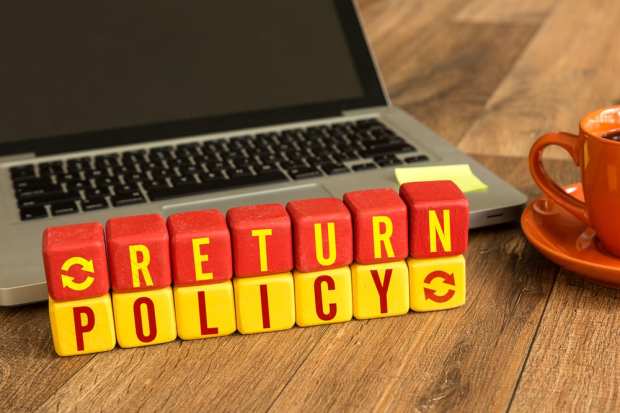Product Returns Get A New Look At Walgreens And Nordstrom

When it comes to retail and digital commerce, it’s not just about the purchase, and it probably hasn’t been for more than a few years at this point. It’s about the entire process – from inspiration and discovery to browsing and transactions and, in many cases, the return of an unwanted product.
PYMNTS readers already know how the handling of returns has increased in importance in the eCommerce age, with Amazon and others finding ways to stand above the competition when it comes to taking back unwanted products. But now comes new evidence that returns could also play a role in helping brick-and-mortar retail chains retain significance as store closings accumulate.
Two major chains in the U.S. – Walgreens and Nordstrom – are each enabling online shoppers (that is, customers of other brands and merchants) to both pick up and return orders at those chains’ brick-and-mortar stores, according to a report this week (April 17) from The Wall Street Journal. Walgreens and Narvar are partners in this effort, and Narvar’s customers include Levi Strauss and Urban Outfitters.
“For example, when shoppers want to return a product purchased on Levi.com, they can choose to ship it to Levi, drop it off at a Levi store or take it to a Walgreens store,” the report said. Nordstrom, meanwhile, is working with Cole Haan, among other companies.
The efforts are designed to increase foot traffic into the stores operated by those two chains. That would be good news for the world of brick-and-mortar retail – according to recent accounting from Coresight Research, and covered by PYMNTS, at least 4,810 retail store closures had been announced so far in 2019.
Coresight noted there have been around 2,264 store openings so far this year, with Peloton, Ulta Beauty, Ross Stores and Indochino opening up locations. Even so, the closings trump the openings, causing concerned real estate companies to hunt for new businesses or concepts to fill the empty square footage. The report noted some real estate owners are building spaces that will allow several brands to share the store on a rotating business, which would encourage consumers to keep coming back.
The new returns program will involve some 8,000 Walgreens locations, along with “select Nordstrom stores,” according to a statement describing the effort. Narvar, a company that describes itself as “an intelligent customer experience platform that helps commerce companies simplify the everyday lives of consumers” – and which has about 600 retail clients – is also involved.
“Retailers on the Narvar platform can immediately offer consumers the option to pick up orders or drop off returns at any location in the Narvar network,” according to the statement. “In addition to a retailer’s existing options, online shoppers can select a Narvar location during checkout or when making a return, including FedEx OnSite at Walgreens.”
The new returns program could help Walgreens stand out among a crowded field of retailers, according to Alex Gourlay, president of Walgreens. “Customers are continuing to redefine value and convenience, and this is another way in which we can provide a differentiated retail experience, by offering more simple and time-saving solutions,” he said. “We’re leveraging new and different platforms as well as our expansive footprint to bring more services closer to our customers while giving our partners greater reach and access in communities across the U.S.”
Returns are playing bigger roles in other parts of retail, too. That includes online resellers, some of whom are realizing significant returns from buying and selling goods returned to Amazon and other eCommerce operators.
The budding entrepreneur can bring in millions through this activity. One reseller, who began selling items on Amazon four years ago, told CNBC that he took in $18 million in sales in just 2017 alone. Another Amazon seller, who reportedly left his job to sell on the site, told the outlet that he believes the reselling business is growing at a fast clip. One factor behind the rise, he noted, is YouTube videos filmed by people who excitedly buy boxes of returned items from liquidation websites.
Retailers can no longer give a half-effort to returns – and questioning the customer making the return will not pay off positively down the road. Now we await this new experiment in returns – the acceptance of other brands’ products inside physical stores – to see if those types of product returns deliver positive returns of their own for merchants.
